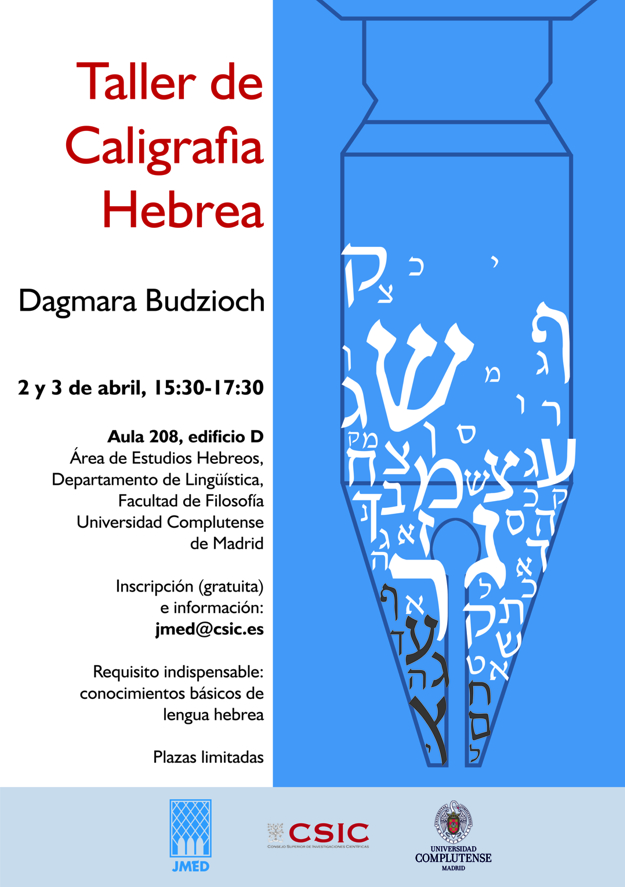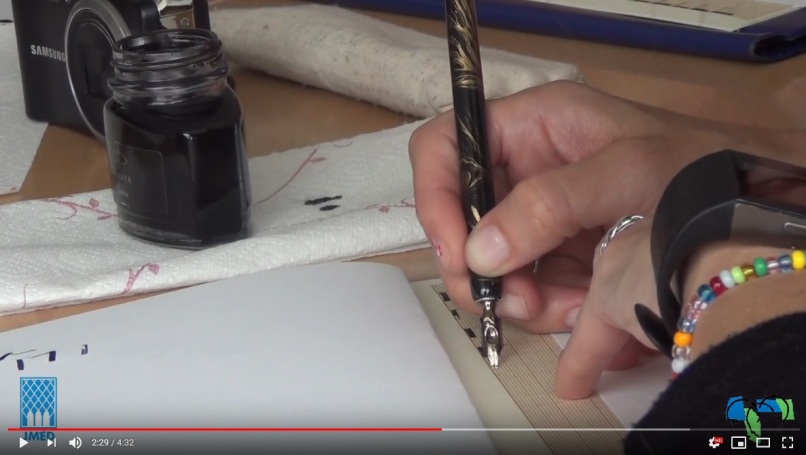Dagmara Budzioch

Project
The presence of handwritten Esther scrolls in the culture of Iberian Jewry
The project was realized at the CSIC-CCHS in Madrid as part of the Jewish Cultures across Mediterranean Europe (J-Med) project and was dedicated to the presence of handwritten Esther scrolls in the culture of Iberian Jewry. The main goal of the research was searching for: exemplars of Esther scrolls stored in Spanish collections, early (fourteenth-fifteenth centuries) examples of the scrolls as well as the testimonies ‒ other than the scrolls themselves ‒ and writing sources that can shed new light on the beginnings of the custom of decorating Esther scrolls. The research was carried out during the one-year stay at the Center and it enabled me to formulate a few conclusions:
1) At present, there is no evidence of the existence of Iberian decorated scrolls (written sources are silent about them as well) and on the basis of the preserved material, it should be assumed that this custom emerged in Renaissance Italy; to the best of my knowledge, none of the decorated scrolls described in the literature as Spanish could have been created in the Iberian Peninsula.
2) It seems that in the Iberian Peninsula there was a local custom of writing the scrolls (including megillot Esther) on leather membranes, while the codices as in all other localities were made of parchment sheets. The use of leather as a writable material made some difficulties in adorning the manuscripts and this may ‒ partly ‒ explain the absence of the decorated Esther scrolls in this region.
3) In my opinion, some of the megillot Esther listed by Jordan Penkower in the article An Esther Scroll from the 15th Century: Determining its Type among Five Traditions (Oriental, Sefardi, Ashkenazi, Italian, Yemenite), Textus 26 (2016), pp. 209‒270, should be considered later than it was believed by the article’s author and this means that:
4) Only very few among the extant Esther scrolls could have been created in the pre-expulsion Iberia or executed in the sixteenth century by the scribes who came from this milieu (similarly, only singular early scrolls made in other localities such as Italy and Germany can be pointed out).
5) Almost all of a dozen or so megillot Esther which I managed to locate in Spanish collections were produced in Italy in the seventeenth and eighteenth centuries. They are stored, among others, in the Sephardi Museum in Toledo (this is the largest collection of manuscripts of this type in Spain), the National Library of Spain and the Almudena Cathedral Museum both in Madrid, and the Borja Library next to Barcelona.
The results of my research were presented during lectures held in the University Complutense describing the festival of Purim, explaining the meaning of Esther scrolls within Jewish tradition, and discussing scrolls as a unique book form used in Judaism. Moreover, selected scrolls and other Hebrew manuscripts from the National Library of Spain were discussed during a seminar organized in the library (together with Javier Castaño). The presentations were a real challenge for me because some of the participants had only a very basic knowledge of Judaism and the Hebrew language; additionally, they had different cultural backgrounds and were of very different ages. Besides the lectures, I taught the 6-hour seminar on Hebrew square script calligraphy. All these events were enthusiastically received by the audience and for me, they became a wonderful motivation for further work as a teacher and a researcher.




